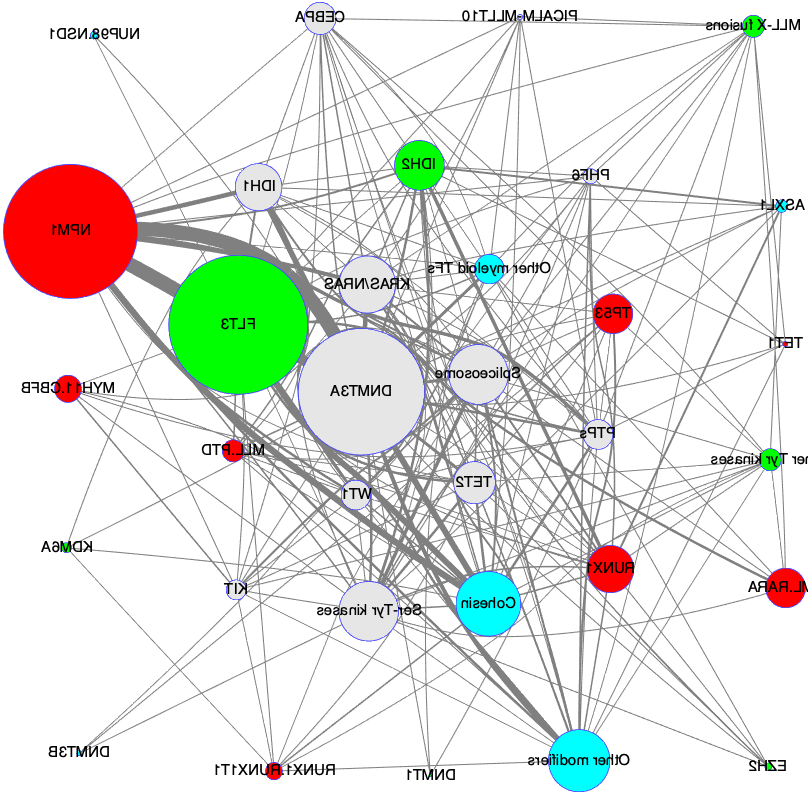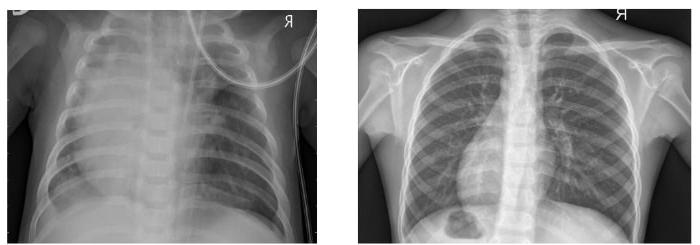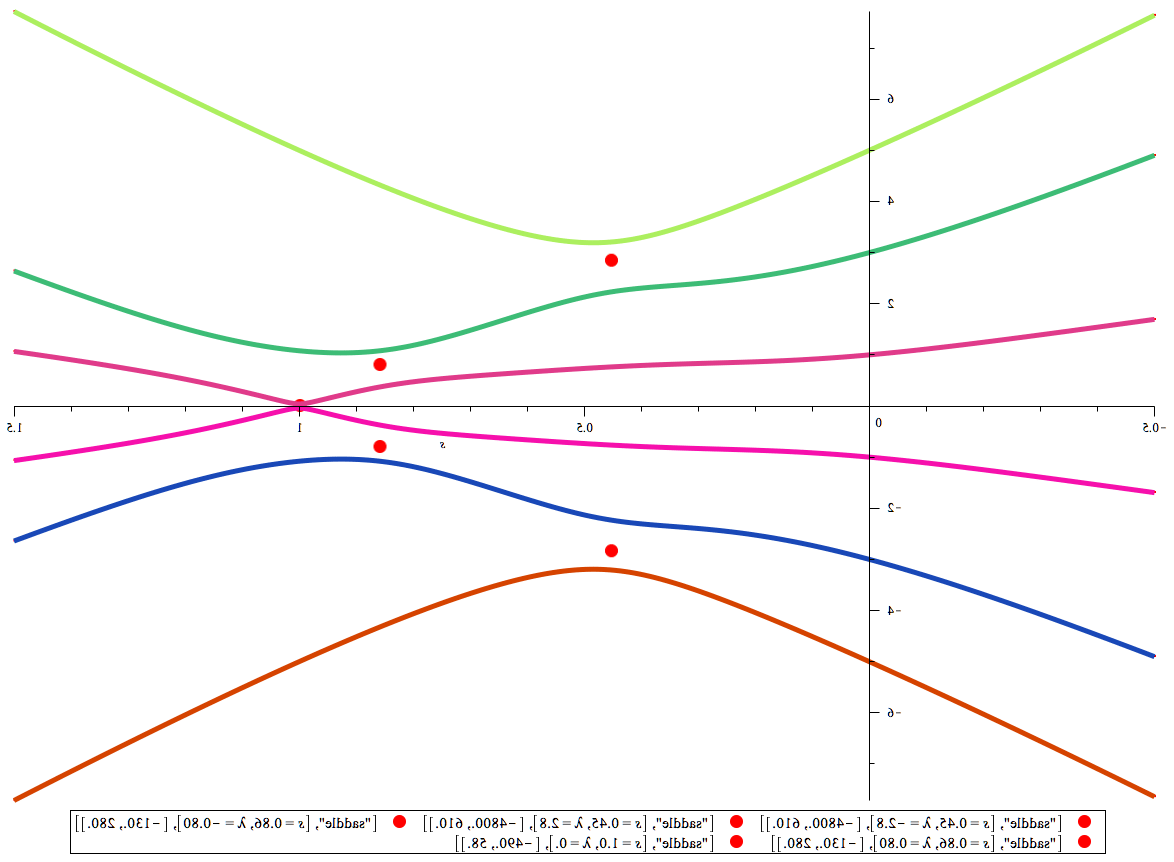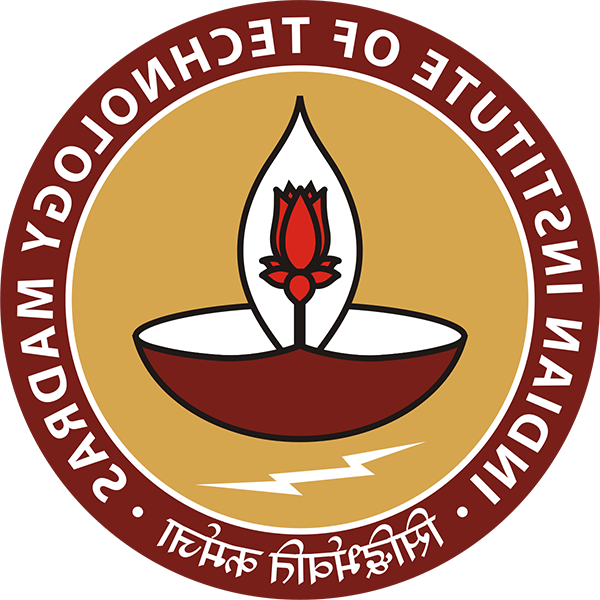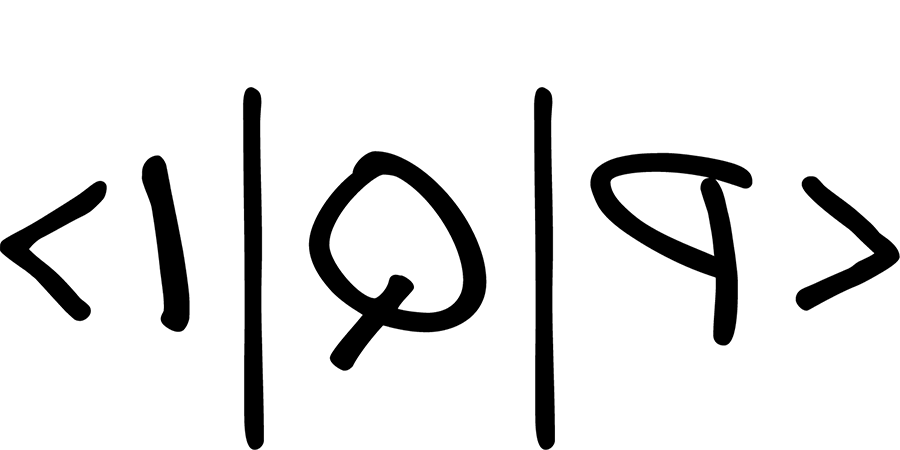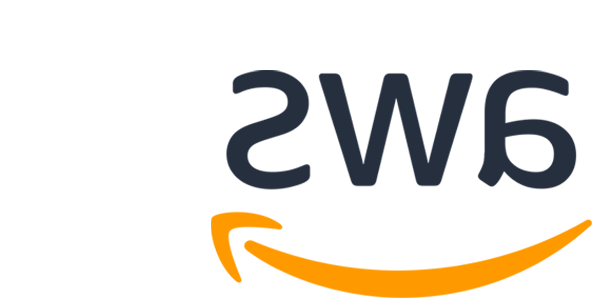
Business Management Meets Quantum Technologies
Motivated by supply chain, finance, technology, and health care applications, the Quantum Technologies Group at the Tepper School aims to turn quantum computing as a service into industrial reality, help design practical quantum communication networks, and develop quantum-inspired hardware.
Quantum and quantum-inspired algorithms offer dramatically new possibilities to tackle practical problems previously considered intractable. Right now.
Sridhar R. Tayur, Ford Distinguished Research Chair and University Professor of Operations Management, leads the Quantum Technologies Group at the Tepper School.Sridhar Tayur on Quantum Computing
Moonshot: Quantum Computing
A brief history of quantum physics and its application to quantum computing.
Quantum Computing and Integer Optimization: An Overview
An introductory lecture on the use of quantum computing in Non-Linear Integer Optimization.
Quantum Integer Programming
Introductory Quantum Integer Programming for the Operations Research/Operations Management community (Cornell, April 2020).
Five Starter Pieces: Quantum Information Science Via Semi-definite Program
A brief introduction to five fundamental problems in Quantum Information Science that are especially well-suited to be formulated as Semi-definite Programs. (INFORMS, November 2022).
Quantum Areas of Research
The research of the Quantum Technologies Group (QTG) at the Tepper School focuses on the creation of radically different types of algorithms to optimize complex large-scale industrial problems startlingly faster, with the ultimate desired outcome of commercialized algorithms that are easily accessible for practical application.
We are also exploring unconventional hardware, studying practical issues in quantum communications, and analyzing other quantum technologies (such as sensing) by framing fundamental problems in quantum information science as semidefinite programs.
QTG research takes place in five parallel areas:
- Solving practical problems using novel quantum and quantum-inspired algorithms.
- Developing robust and efficient processes of translating a mathematical algorithm into physical instructions executed by the hardware — known as compilers — for quantum computers.
- Understanding and enhancing quantum speedup: How and why speed is increased, and by how much.
- Quantum Communication: (a) How much classical information can be securely and reliably sent over a quantum channel in presence of inevitable buffering? (b) How to design high throughput quantum switches with high fidelity entanglement?
- Hardware: How well can Photonic Ising Machines (PIM) solve benchmark combinatorial problems such as Max-Cut and Number Partitioning Problem?
Solving Practical Problems
Our Quantum and Quantum-inspired (classical) algorithms are novel approaches to tackle complex models that arise in areas such as finance, supply chain management, and health care.
- For Business Executives: Make Your Business Quantum-Ready Today [pdf]
- For Research Scholars: Quantum annealing research at CMU: algorithms, hardware, applications
- For Practitioners and Researchers: A Systematic Mapping Study on Quantum and
By creatively advancing methods from geometry of numbers, computational integer programming, and algebraic geometry, QTG research has:
- Solved instances of real-world finance problems in seconds that can take hours by classical best-in-class commercial solvers, by developing hybrid quantum-classical algorithms and testing them on the D-Wave and Toshiba's Simulated Bifurcation Machine (SBM).
- Developed the Graver-Augmented Multi-Seed algorithm (GAMA), a Quantum-inspired classical algorithm that is two (and three) orders of magnitude faster than commercial best-in-class solvers. GAMA has been applied to solve problems in supply chain management involving integrated production, inventory, and logistics. These work on standard computer hardware and do not require access to digital annealers or quantum hardware.
- Quantum-inspired Bi-level algorithm for Disaster Preparation
Quantum-inspired Bi-level algorithm for Disaster Preparation
In the aftermath of a sudden catastrophe, First Responders (FRs) strive to reach and rescue immobile victims. Simultaneously, civilians use the same roads to evacuate, access medical facilities and shelters, or reunite with their relatives, via private vehicles. The goal is to reserve lanes that simultaneously allow access by FR to help needy victims while allowing those that can self-evacuate to do so efficiently without using these reserved lanes. Our quantum-inspired algorithm outperforms classical state of the art methods (such as Branch & Bound) on real-world instances.
Research: A Quantum-Inspired Bi-level Optimization Algorithm for the First Responder Network Design Problem [pdf]
MyAmpleLife Blog: Quantum GAGA
Discovery of Altered Cancer Pathways
Current research is testing hybrid quantum-classical and Graver-Augmented Multi-Seed algorithm in the area of cancer genomics, to identify altered driver pathways in Gliobalstoma Multiforme and Acute MyeLoid Leukemia, using data from The Cancer Genome Atlas.
Quantum Machine Learning for Image Classification
Early diagnosis of pneumonia is crucial to increase the chances of survival and reduce the recovery time of the patient. Chest X-ray images, the most widely used method in practice, are challenging to classify. Our aim is to develop a quantum machine learning tool that can accurately classify images as belonging to normal or infected individuals.
- Research: Pneumonia detection by binary classification: classical, quantum, and hybrid approaches for support vector machine (SVM)
- My AmpleLife Blog: 2021 Tayur Prize
Compiling on Quantum Computers
To solve practical problems on a real quantum computer, we must translate the real-world problem into something that can be understood by the physical hardware — a process known as compiling.
There are two dominant computational models for quantum computing:
- Circuit (Gate) models, with hardware from Google, IBM, and Rigetti.
- Adiabatic Quantum Computing (AQC) with hardware from D-Wave.
QTG has developed two novel algorithms for compiling quantum circuits.
Research: Knuth-Bendix Completion Algorithm and Shuffle Algebras for Compiling NISQ Circuits
QTG has also developed a systematic computational approach to prepare a polynomial optimization problem for AQC.
Research: A Novel Algebraic Geometry Compiling Framework for Adiabatic Quantum Computations
Current QTG research on compiling enhances methods for Gate/circuit chips to account directly for the noise, incorporating models into our algorithms directly and adapts computational methods from Mixed-Integer Linear Programming to create open-source compilers for AQC.
Research: Integer Programming Techniques for Minor-Embedding in Quantum Annealers
Understanding Quantum Speedup
Where does quantum speedup really come from? How can we enhance the speedup of quantum (and hybrid) algorithms? This is an exciting and deep area of research.
QTG research has helped provide algorithmic guidelines that enable further speedup in AQC.
Research: Enhancing the Efficiency of Adiabatic Quantum Computations
Research: Homological Description of the Quantum Adiabatic Evolution With a View Toward Quantum Computations
MyAmpleLife Blog: The Next Quantum Revolution
Quantum Communication
Quantum queue-channels arise naturally in the context of buffering in quantum networks. We study the important practical case of symmetric Generalized Amplitude Damping, and extend our results to Unital qubit queue-channels: We show that the maximum classical capacity can be achieved without entanglement (in encoding and decoding)! We also study how to improve quantum switches using entanglement distillation optimally.
Research: Unital Qubit Queue-channels: Classical Capacity and Product Decoding
My Ample Life Blog: Buffering of Flying Qubits
Research: Optimal Entanglement Distillation Policies for Quantum Switches
Hardware
Photonic Ising Machines (PIMs) offer alternatives to quantum annealing and simulated annealing. An NP-hard problem is cast as a quadratic unconstrained binary optimization (QUBO) where the final spin configuration in the Ising model is adiabatically arrived at as a solution to a Hamiltonian, given a known set of interactions between spins.
The temporal multiplexed Ising machine uses the bistable response of an electro-optic modulator to mimic the spin up and down states and solves the Max-Cut problem on par with Gurobi for up to 1000 spins.
The spatial photonic Ising machine easily partitions an array of 2^14 integers, vastly outperforming both Gurobi and the state-of-the-art D-Wave annealer.
Research: Optimization With Photonic Wave-Based Annealers
MyAmpleLife Blog: 2020 Tayur Prize





